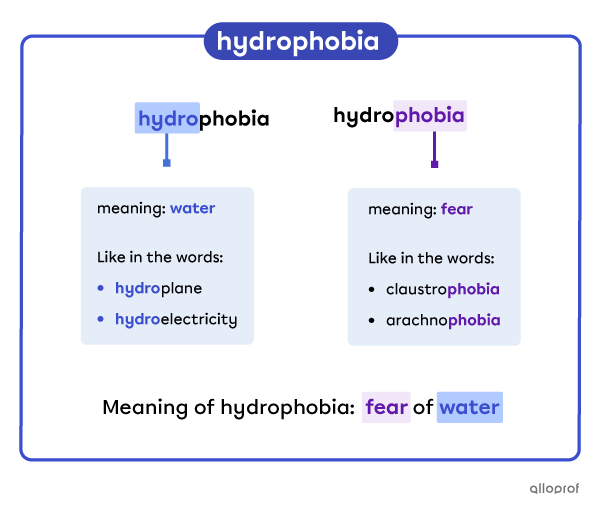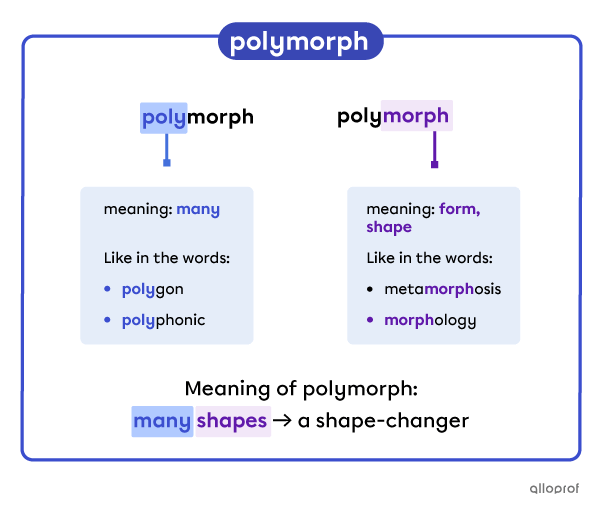Decoding is finding out the meanings of words.
| When to do it |
| While reading the text |
| Reading intention |
| Understand unknown words |
| Outcome |
| Better comprehension |
| Increase vocabulary |
How to Do It
Words are formed according to certain guidelines. Longer words are put together by using smaller root words, prefixes, suffixes and sometimes elements borrowed from other languages.
By looking for familiar elements and comparing to similar known words, it is possible to interpret its meaning.


How, where and why a word is used can provide useful clues to its meaning.
| Word function | |
| Look for the word’s function in the sentence. Is it: | a verb expressing an action or a state? |
| a noun representing a person, an object or a concept? | |
| an adjective describing qualities? | |
| an adverb modifying a verb, an adjective or another adverb? | |
| Other words around it | |
| Look around for unfamiliar words for: | synonyms |
| examples relating to it | |
| descriptions | |
| explanations | |
| Text topic | |
| Think of the general topic of the text. What makes sense? | with the themes |
| with the setting | |
| with the text type | |
| with the author’s intentions | |
| with the literary genre | |
|
The word bipedal in this short passage: |
”Where are we?” asked Jim to the bipedal feline. |
|
Word function |
bipedal is an adjective describing feline. |
|
Other words around it: synonym |
“... a cat walk on two legs?..” |
|
Text topic |
Text type: narrative text |
|
Meaning |
The adjective bipedal describes a cat walking on 2 legs. Plausible in a narrative text in the science fiction or fantasy genre.= |
To learn more about a strategy, click its name.
|
Get an overview of the text. |
Quickly search & find information |
Ask yourself questions |
|
Create mental pictures |
Relate to the text |
Read between the lines |
|
Decoding |
||
|
Write down notes & comments |
Understand challenging words |
Sum up main idea & key elements |
|
Explore sources to come up with new perspectives |
Form an opinion on the quality of the text |
Look at the structure and techniques used |